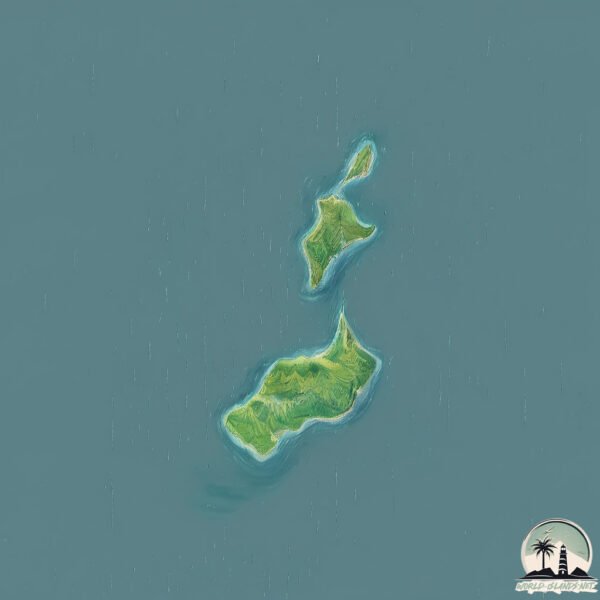Welcome to Ya-shima , a Temperate island in the Seto Naikai or Inland Sea, part of the majestic Pacific Ocean. This guide offers a comprehensive overview of what makes Ya-shima unique – from its geography and climate to its population, infrastructure, and beyond. Dive into the details:
Geography and size of Ya-shima
Size: 4.016 km²Coastline: 16.7 kmOcean: Pacific OceanSea: Seto Naikai or Inland SeaContinent: Asia
Ya-shima is a Small Island spanning 4 km² with a coastline of 16.7 km.
Archipel: Japan – An East Asian archipelago comprising four main islands and numerous smaller ones, known for its rich history, technological advances, and distinct culture.
Tectonic Plate: Amur – A minor tectonic plate in the region of the Amur River at the border of Russia and China, involved in complex interactions with the Pacific and Eurasian plates.
The geographic heart of the island is pinpointed at these coordinates:
Climate and weather of Ya-shima
Climate Zone: TemperateClimate Details: Humid Subtropical ClimateTemperature: Hot Summer
Climate Characteristics: With continuous rainfall and hot summers, this climate is common in some coastal regions, supporting diverse vegetation.
Topography and nature of Ya-shima
Timezone: UTC+09:00Timezone places: Asia/TokyoMax. Elevation: 182 m Mean Elevation: 62 mVegetation: Evergreen Needleleaf ForestTree Coverage: 79%
The mean elevation is 62 m. The highest elevation on the island reaches approximately 182 meters above sea level. The island is characterized by Plains: Flat, low-lying lands characterized by a maximum elevation of up to 200 meters. On islands, plains are typically coastal lowlands or central flat areas.
Dominating Vegetation: Evergreen Needleleaf Forest
Vegetation: 4 vegetation zones – Diverse Island
Infrastructure and Travelling to Ya-shima
Does the island have a public airport? no .
Does the island have a major port? no .
The mean population of Ya-shima is 88 per km². Ya-shima is Gently Populated. The island belongs to Japan .
Continuing your journey, Yashiro-jima is the next notable island, situated merely km away.
Yashima Island, Seto Inland in Japan
It is located at the southernmost tip of Yamaguchi Prefecture, about 12 km south of Kaminoseki Port. It is long and narrow from ...
Yashima Island, Seto Inland in Japan
It is located at the southernmost tip of Yamaguchi Prefecture, about ...
It is located at the southernmost tip of Yamaguchi Prefecture, about 12 km south of Kaminoseki Port. It is long and narrow from ...
Hotel Peace Island Ishigaki in Yashima, Ishigaki Island, Japan
Hotel Peace Island Ishigaki in Yashima, Ishigaki Island, Japan About ...
Hotel Peace Island Ishigaki in Yashima, Ishigaki Island, Japan About Property: Offering free Wi-Fi at the lobby and rooms with a ...
Yashima: Unveiling the History of Japan's Abandoned Island Plateau
Discover the intriguing history of Yashima, an abandoned island ...
Discover the intriguing history of Yashima, an abandoned island plateau in Japan. From ancient battles to modern-day mysteries, ...
Japan is classified as Developed region: G7: Group of Seven – Major advanced economies, including Canada, France, Germany, Italy, Japan, the United Kingdom, and the United States. The level of income is High income: OECD.
News – Latest Updates and Headlines from Ya-shima
Stay informed with the most recent news and important headlines from Ya-shima. Here’s a roundup of the latest developments.
Loading...
Please note: The data used here has been primarily extracted from satellite readings. Deviations from exact values may occur, particularly regarding the height of elevations and population density. Land area and coastline measurements refer to average values at mean high tide.

